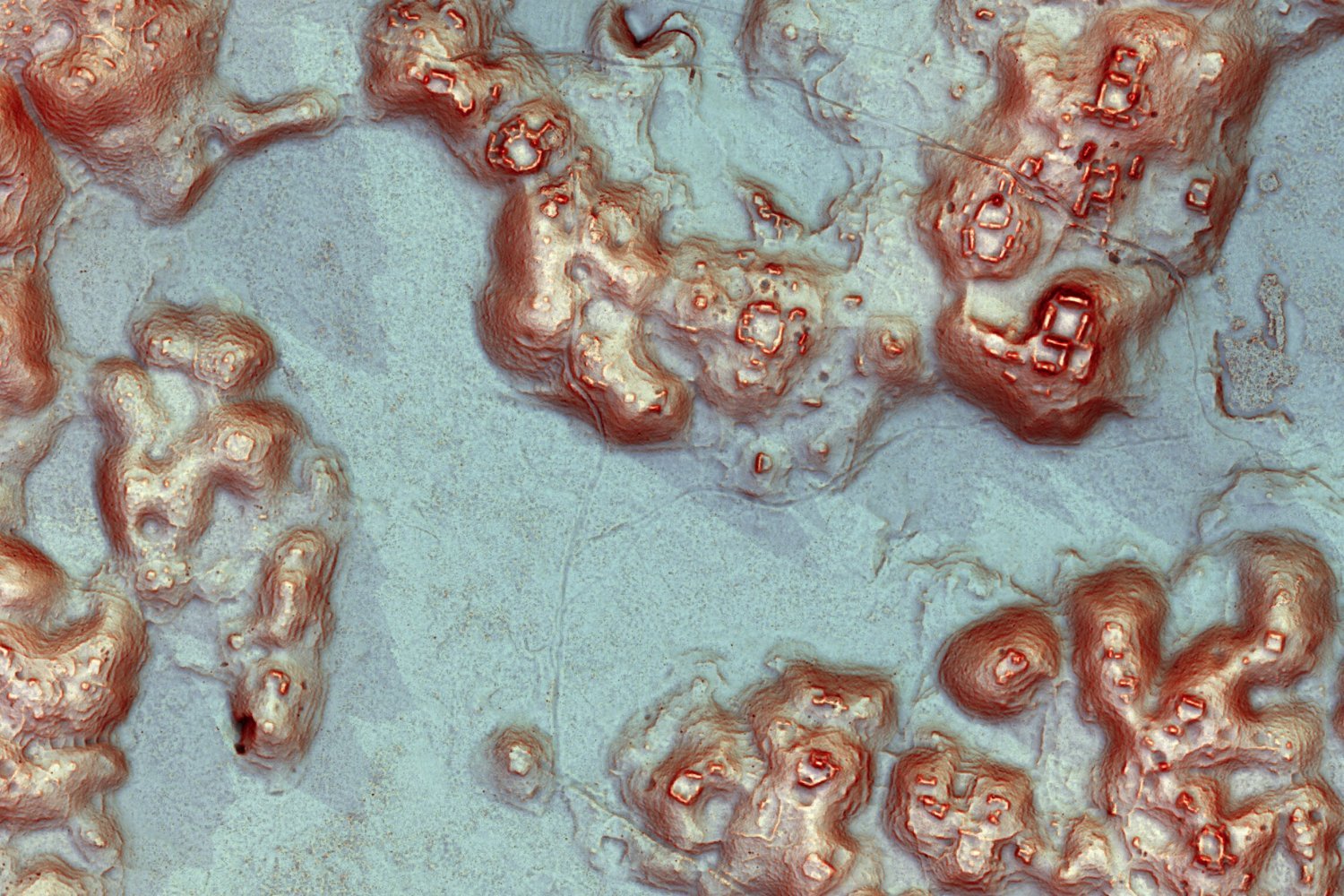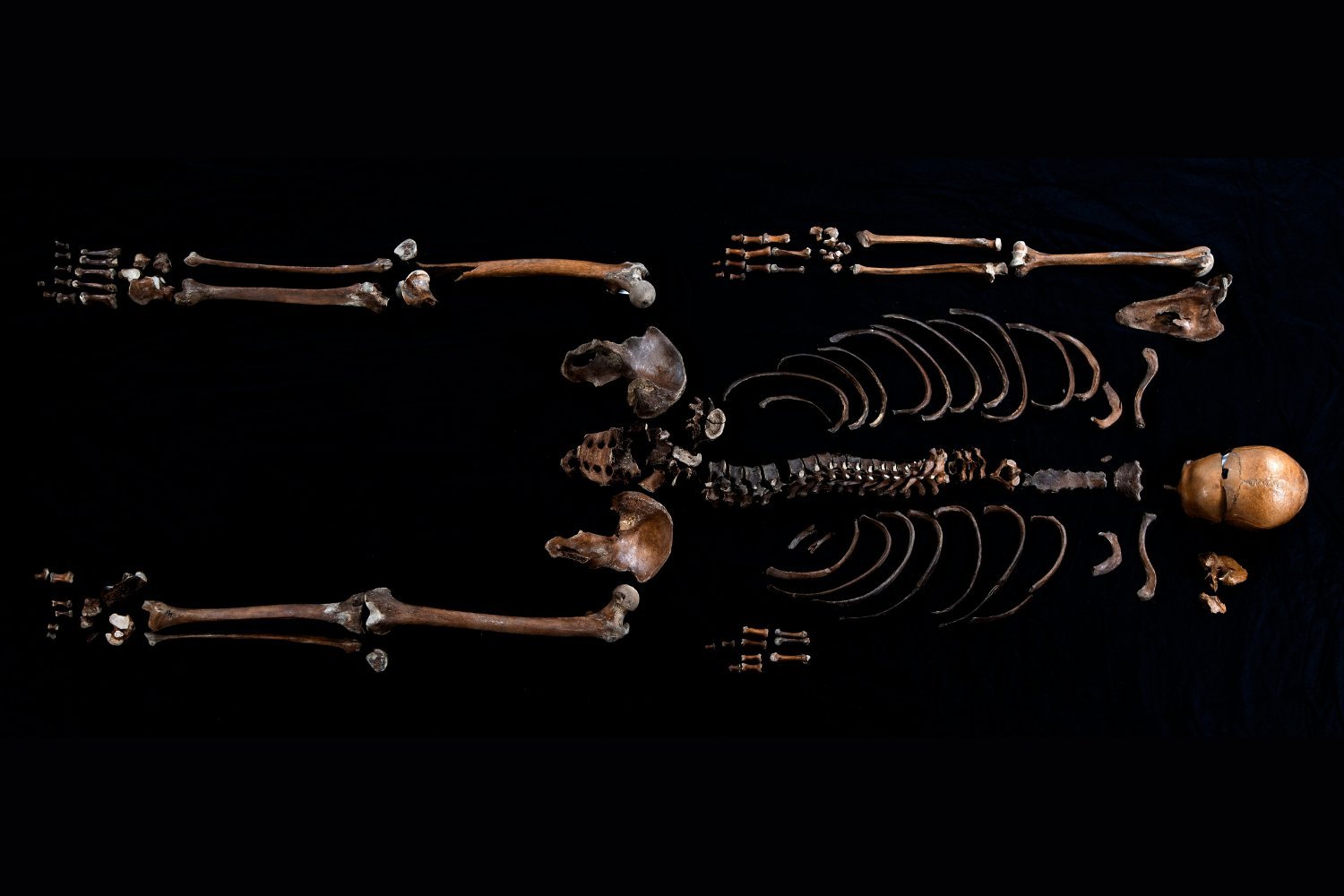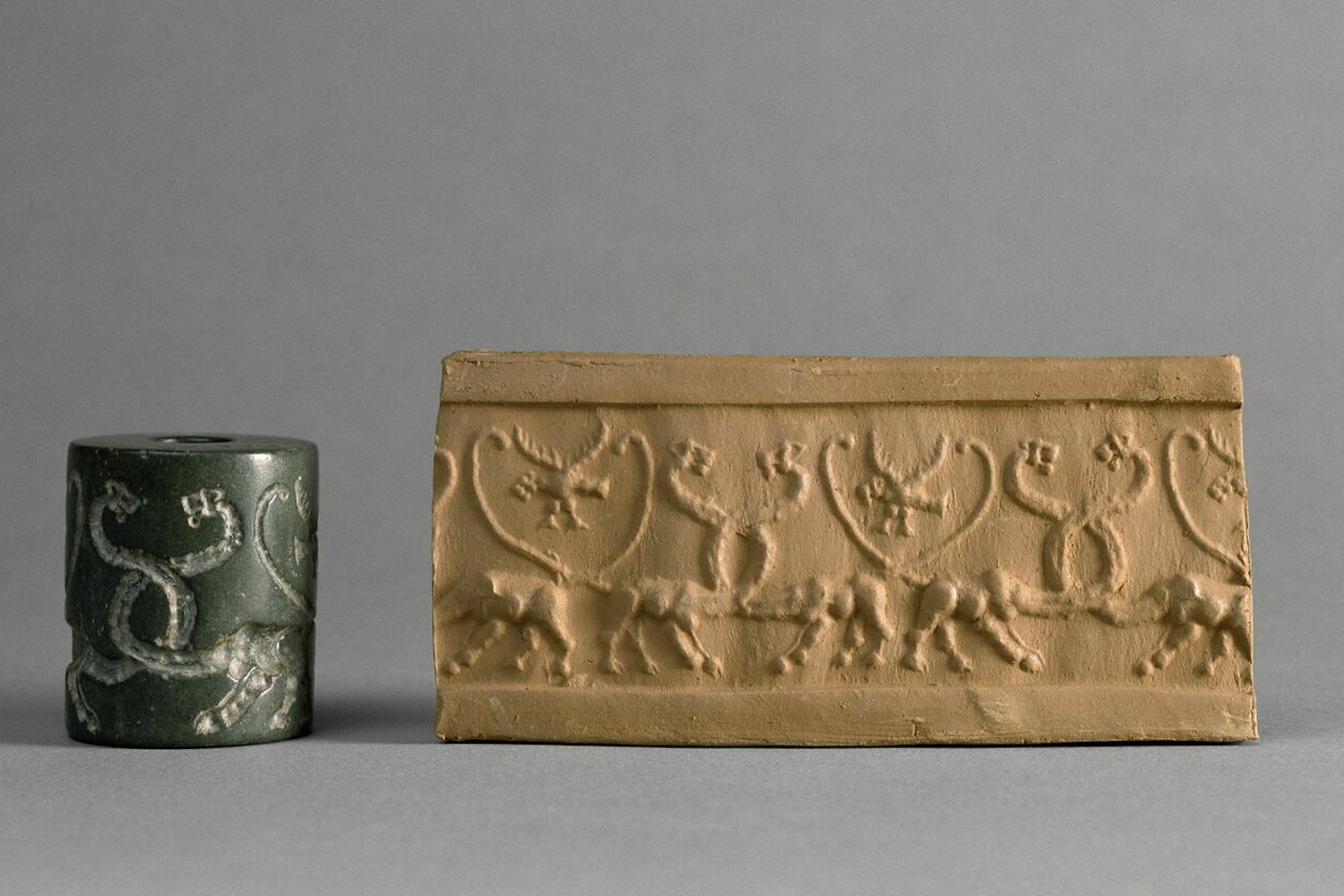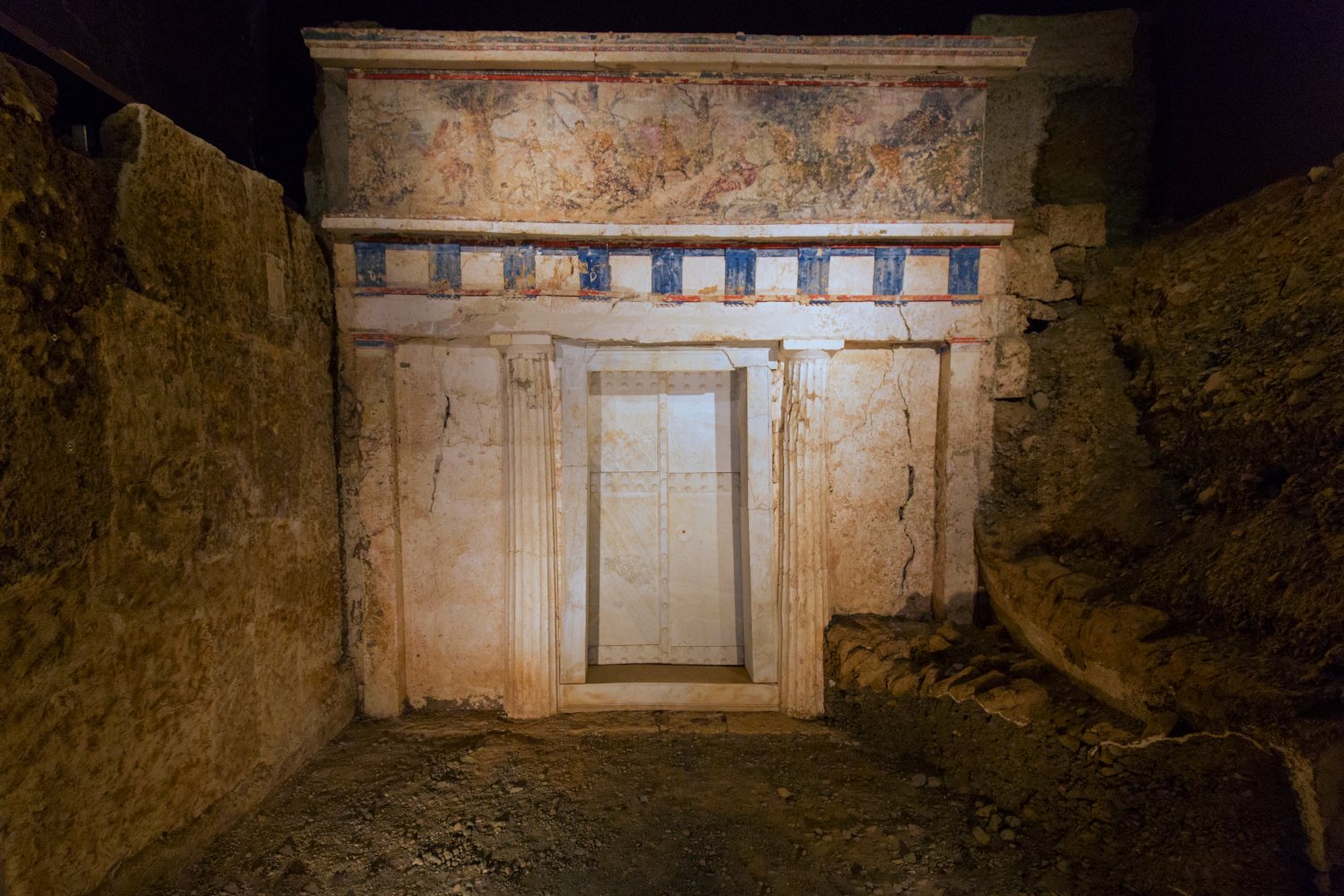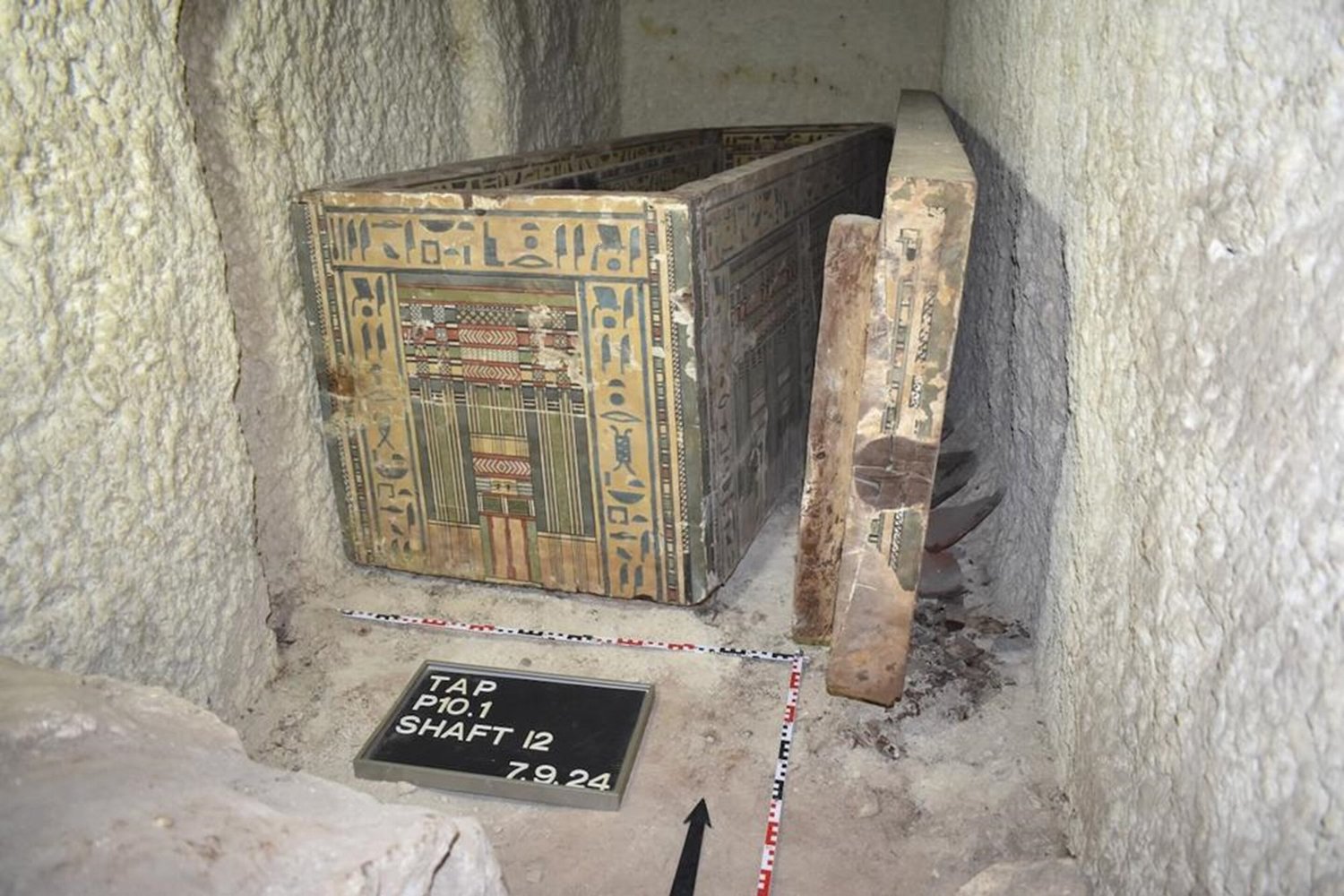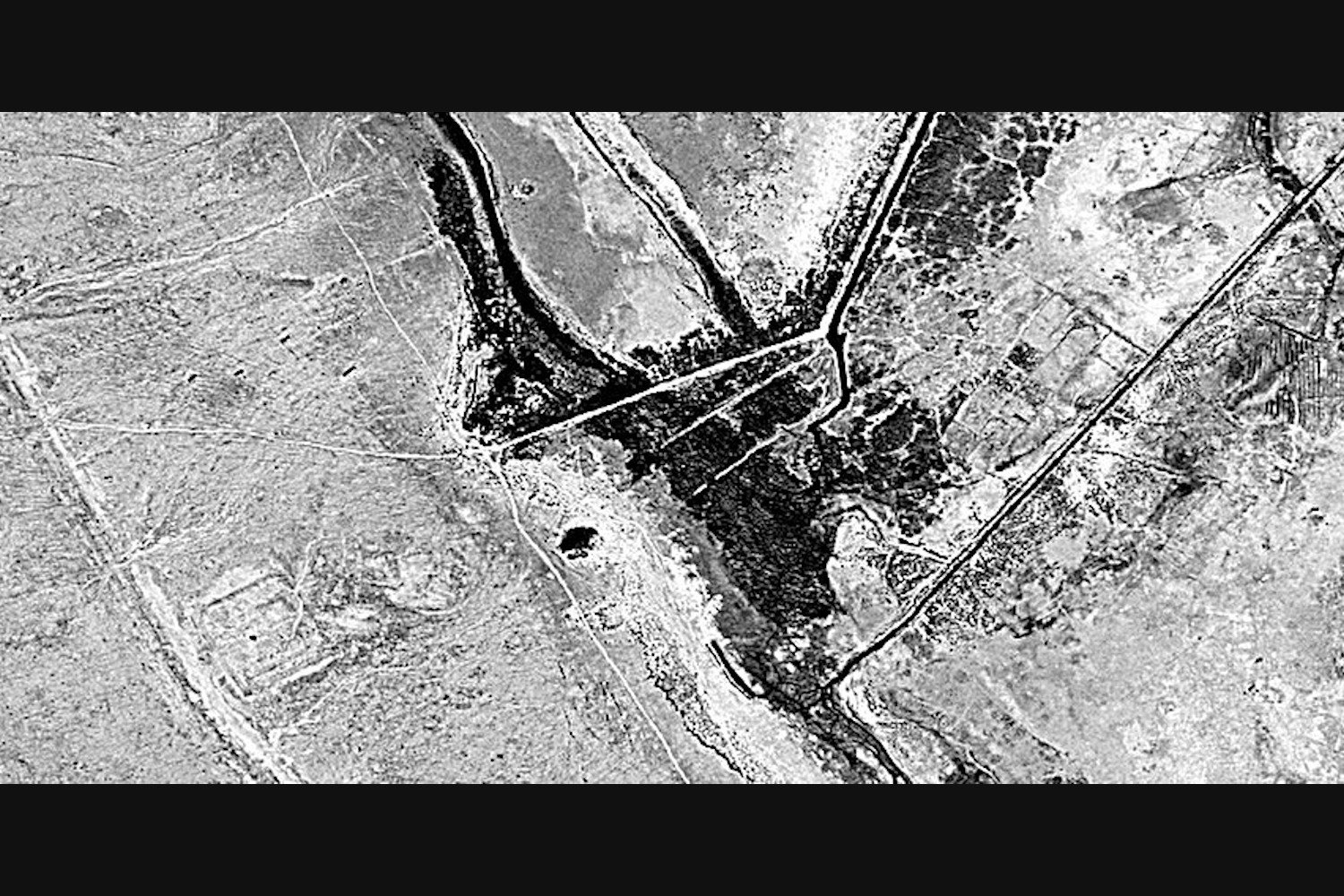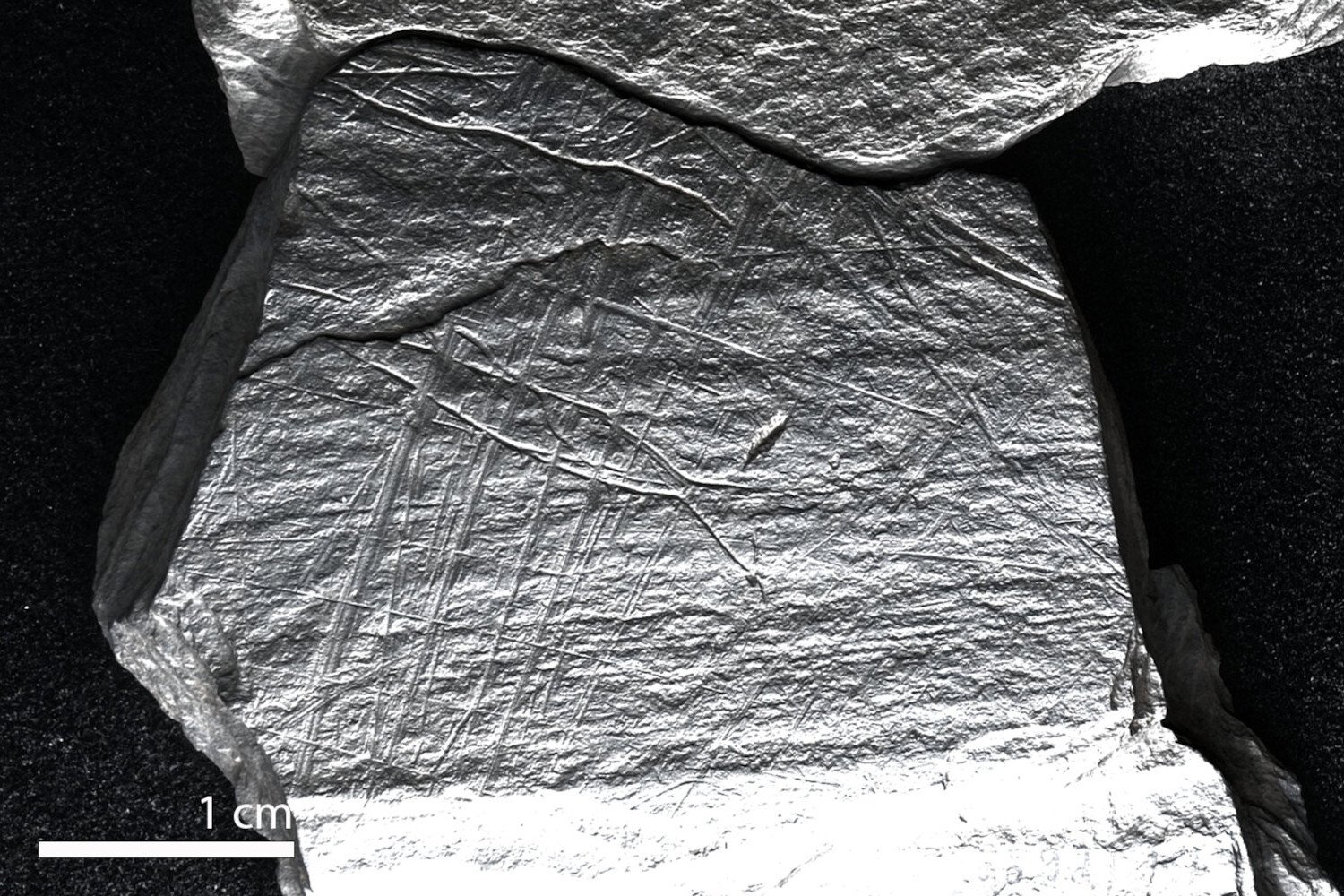The dense jungles of Mexico’s Yucatán Peninsula have yielded another secret: a lost Maya city, teeming with thousands of previously unknown structures, including pyramids. Archaeologists uncovered this hidden metropolis using lidar data, a technology that’s revolutionizing our understanding of ancient civilizations.
Lidar, short for “light detection and ranging,” allows researchers to peer through dense vegetation and map the terrain below. This technology has proven invaluable in Mesoamerican archaeology, where jungle growth can quickly obscure ancient settlements. In this case, the team utilized a 2013 lidar survey originally commissioned to monitor carbon reservoirs in Mexico’s forests, a resourceful approach that saved the expense of a new scan.
This repurposed data revealed an astonishing 6,674 previously undocumented structures within a 50-square-mile area in Campeche. The findings, published in Antiquity, showcase not only the density of settlements but also their diversity. “We didn’t just find rural areas and smaller settlements,” explains Luke Auld-Thomas, an archaeologist at Northern Arizona University and lead author of the study, “We also found a large city with pyramids right next to the area’s only highway, near a town where people have been actively farming among the ruins for years.”
Uncovering a Hidden Metropolis
The lidar data allowed researchers to identify key features within the lost city, including a ballcourt and a dam. One architectural arrangement even suggests a founding date earlier than 150 CE, predating the Maya Classic period (250-900 CE). This discovery underscores the vast potential for further archaeological discoveries in the region. As Auld-Thomas emphasizes, “The government never knew about it; the scientific community never knew about it. That really puts an exclamation point behind the statement that, no, we have not found everything, and yes, there’s a lot more to be discovered.”
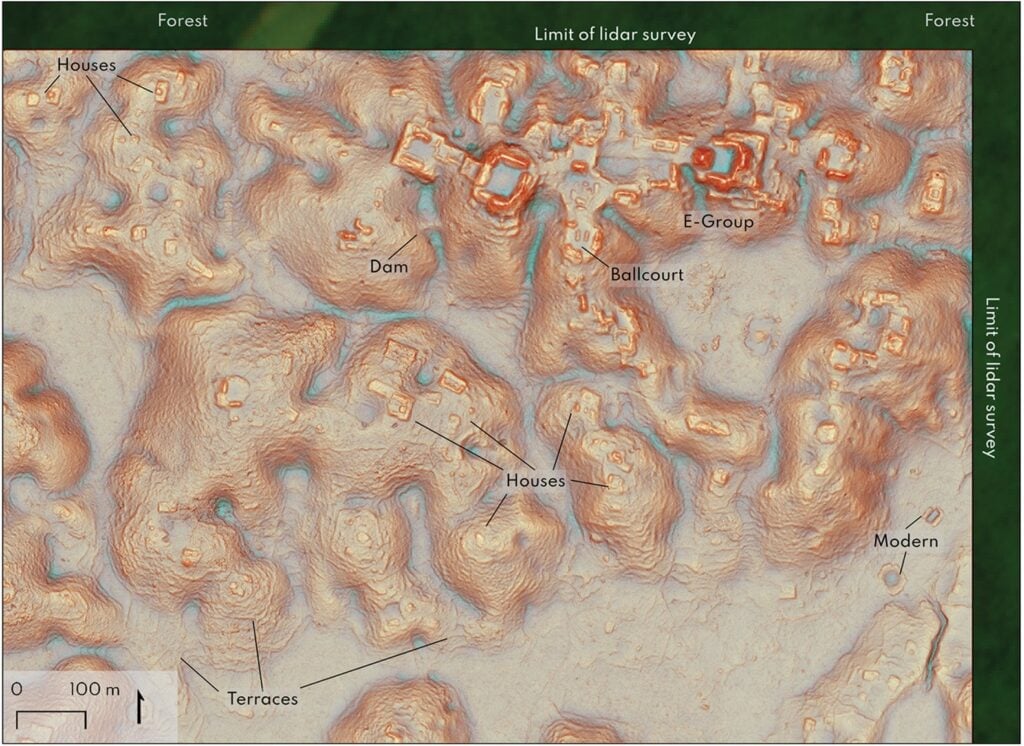 Lidar image of previously unknown Maya structures in Mexico.Lidar image revealing previously unknown Maya structures in the Mexican jungle. (Image: Auld-Thomas et al., Antiquity 2024)
Lidar image of previously unknown Maya structures in Mexico.Lidar image revealing previously unknown Maya structures in the Mexican jungle. (Image: Auld-Thomas et al., Antiquity 2024)
Lidar’s Impact on Archaeological Understanding
This discovery further validates the effectiveness of lidar in revealing the true density of Maya settlements. Previous archaeological lidar surveys have suggested high population densities, and this study, based on data not initially intended for archaeological purposes, reinforces those findings. The team’s paper argues that this type of “pseudorandom” survey demonstrates that densely populated Maya hinterlands are more common than previously thought.
From Aerial Views to Ground-Truthing
While lidar is invaluable for initial discovery and mapping, it cannot replace traditional fieldwork. The next phase of research will involve on-the-ground investigation of the newly discovered sites. With nearly 7,000 structures to explore, this promises to be a long and fascinating undertaking, potentially rewriting our understanding of Maya civilization.
The Future of Maya Archaeology
This recent discovery highlights the ongoing potential for uncovering hidden treasures within the Mesoamerican jungles. Lidar technology, combined with traditional archaeological methods, is opening new windows into the past, revealing the complexity and sophistication of ancient Maya civilization. The sheer number of structures identified in this relatively small area suggests that many more lost cities may await discovery, promising exciting new insights in the years to come.



